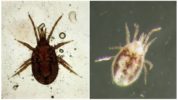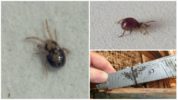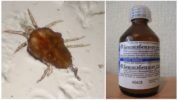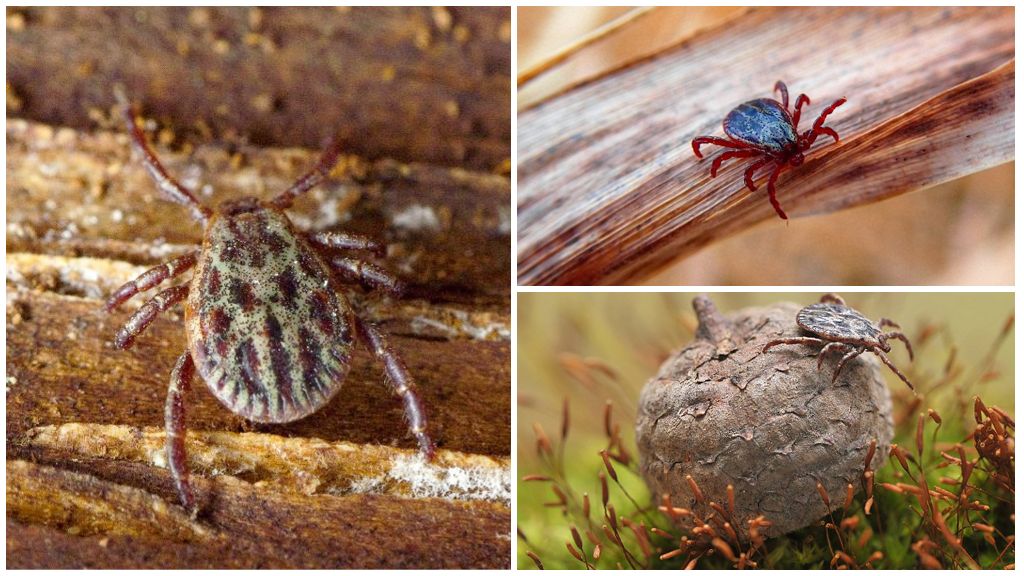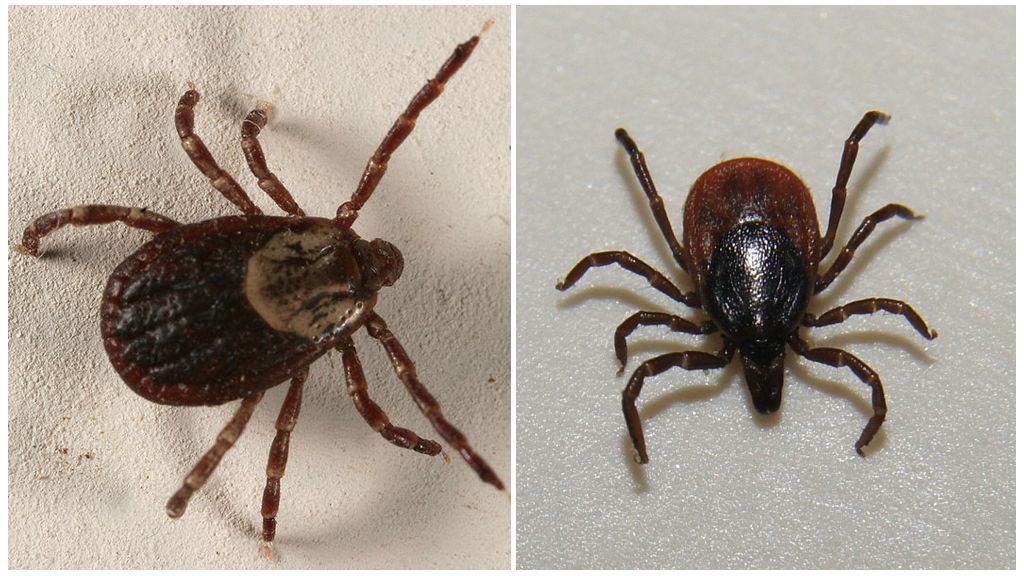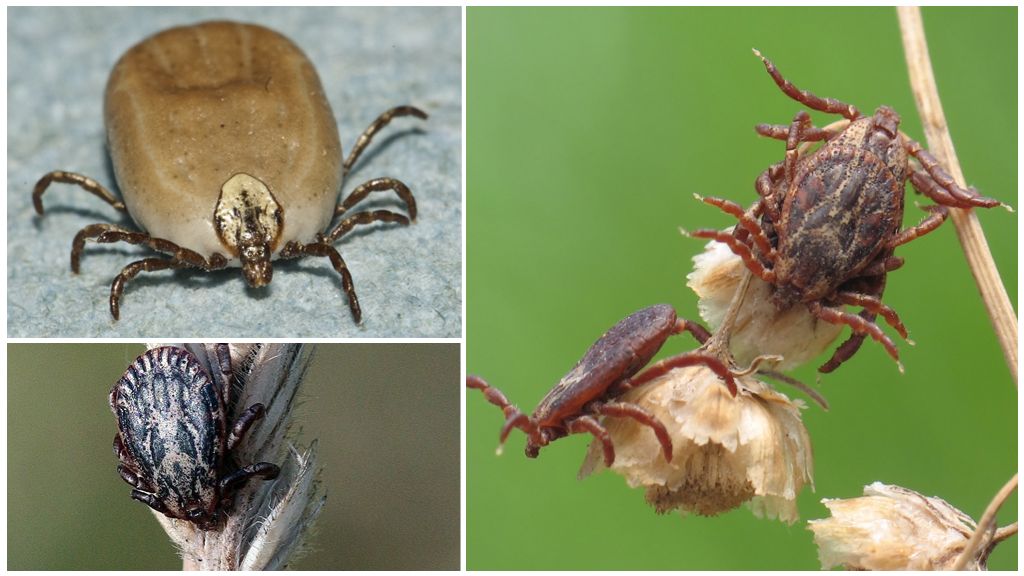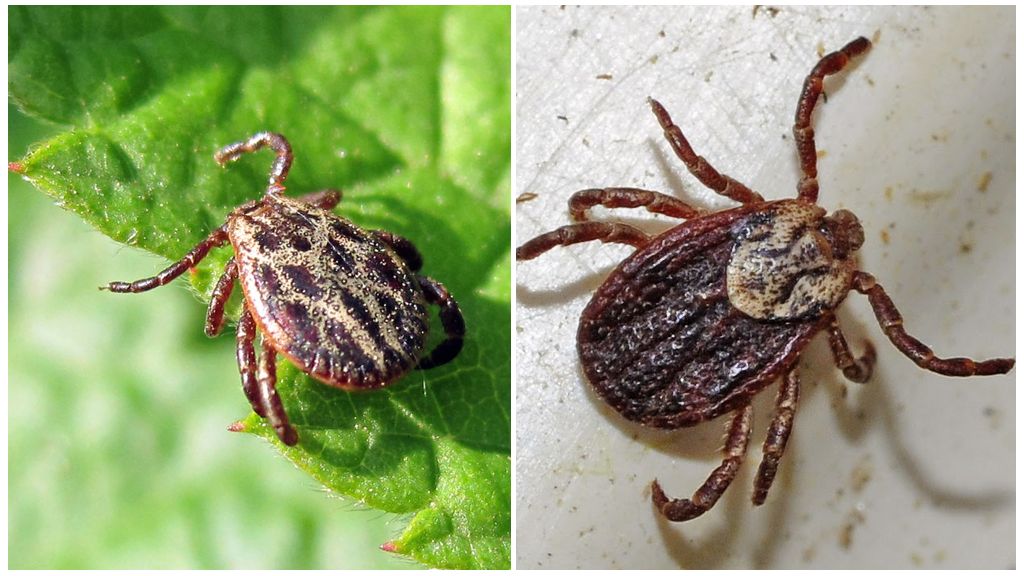- Mouse and rat tick
- Rat tick
- Tick benzyl benzoate emulsion
Gamasid ticks (lat. Gamasina) are distributed around the world. There are 6000 known species of parasitic, free-living. The body is oval with a maximum size of 2.5 mm. They are carriers, keepers of various diseases of birds, mammals. Parasitize on bees, other insects, amphibians, spiders, millipedes, rodents. The bites of an uninfected gamasid tick cause a mild allergic reaction in a person.
Description of appearance, lifestyle
The most dangerous for humans are representatives of the family Dermanissidae - blood-sucking parasites of birds, reptiles, rodents.
Mouse tick Dermanyssus sanguineus
Small parasites from 0.2 to 3 mm. The body is oval, ovoid, flattened. The color is brown, yellow, brown. Depends on the habitat, the amount of blood consumed, the prescription of the meal. Long thin legs - 8 pieces. It is impossible to examine in detail the body structure with the naked eye. An enlarged photo of a gamasid tick is presented below.
On a note!
A feature of this type of parasite is the ability to starve up to 6 months. The natural habitat is the nest of domestic, wild mice. They feed on the blood of animals. With rodents enter the house of a person. On the body of people, gamasid mites do not live, but their bites cause an allergic reaction, severe itching.
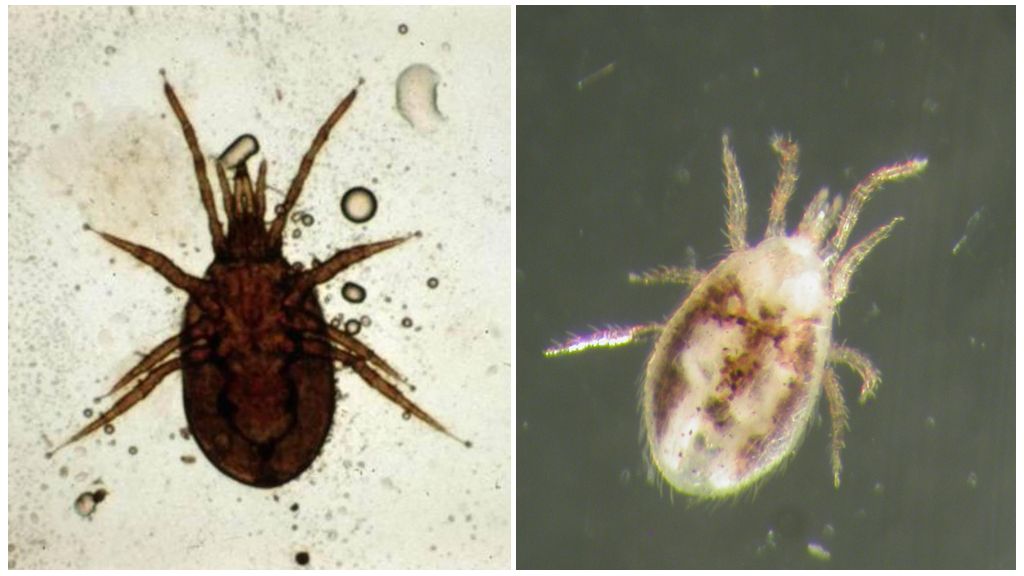
Rat mite (Ornithonyssus bacoti)
Outwardly does not differ from mouse. The maximum body size is 3.5 mm. Color from light yellow to brown, reddish. It feeds on the blood of rats, lives not only in nests, but also in rooms, places where there are rodents. It is transported on the body of an animal, sprawling independently from the corpses of rats. The development life cycle is short - 12 days.
In the houses, premises of the colony of parasites hide under skirting boards, cracks in the walls, in toilets, in the kitchens, the bathroom, closets, pantries. Rat ticks They love heat, therefore they are often localized near thermal communications, household appliances.
In the absence of rats, it attacks mice and humans. Bites cause dermatitis of varying degrees of complexity. Hamazoid mites of this species carry dangerous infections:
- rickettsiosis;
- hemorrhagic fever with renal syndrome (HFRS);
- Eastern equine encephalomyelitis;
- Q fever;
- lymphocytic choreomeningitis;
- West Nile fever;
- langata virus;
- tick-borne encephalitis;
- bacteria - causative agents of tularemia, jaundice, leptospirosis, plague, borreliosis.
The incubation period after infection lasts an average of 14 days.
Chicken tick (Dermanyssus gallinae)
Microscopic hamase tick no larger than 3 mm. The color is light yellow, brown, brown, reddish. Lives in bird nests, as well as places where they are. Often inhabited by attics, roofs. They get there through cracks, ventilation grills, on feathers of birds. Infection with chickens, partridges comes from wild birds. Colonies of parasites form in chicken coops.
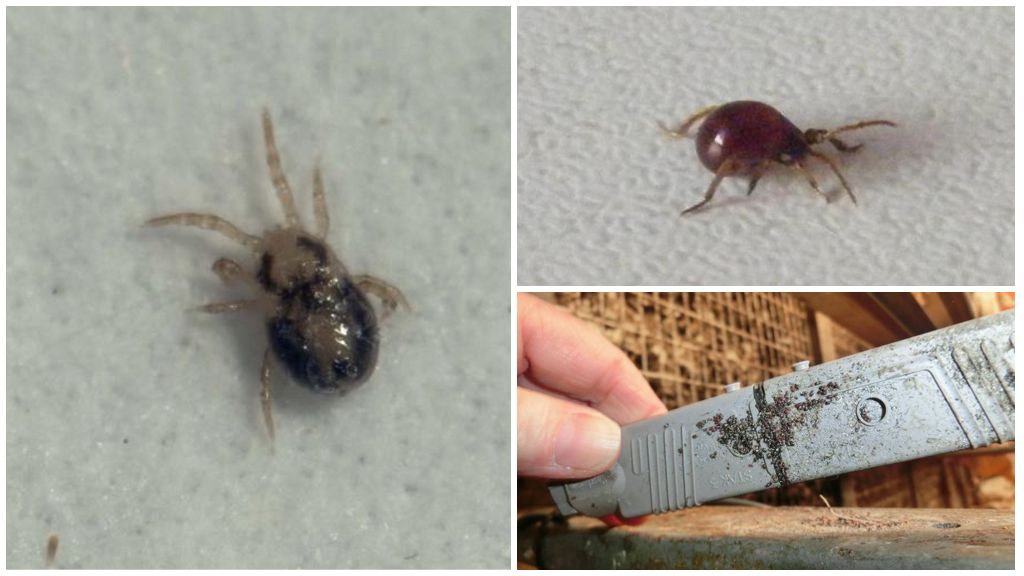
After blood saturation chicken mite disappears, hides in the litter, silo, feces. There, parasites lay eggs, larvae develop. A new generation attacks chickens in the dark.With a strong infection of the premises, the bird begins to hurt, body weight decreases, the number of eggs, feathers fall, chickens die. Ticks attack people. Bites provoke an allergic rash. Parasites can be found in pillows, feather-beds with poorly crafted feathers.
On a note!
Another species of gamasid ticks parasitizes on reptiles - snakes. In a natural habitat does not live, but torments animals in zoos, terrariums. People are rarely attacked.
Hamase tick development cycle
The life of parasites is not well understood. As for the representatives most dangerous to humans, more is known about them. The female lays eggs in moist soil, silage, humus, manure, feces, grass, cracks in the walls, on the floor, water pipes, etc. It is fixed with a special sticky substance, which quickly hardens in contact with air.
Larvae emerge from the eggs, then nymphs of two ages. At the last stage, the genitals are formed, another pair of paws appears. The nymph turns into an imago. Females are infertile, only 1 egg develops at a time. The break between the masonry is 8 hours. This disadvantage is compensated by the rapid development phase at each stage. Adult gamasid mites form within 12 days.
Interesting!
The average life expectancy of an adult under favorable conditions is 2.5 months. Adults, nymphs of the second age are able to starve for six months. Fall into suspended animation. At the sight of the victim, they instantly come to life, continue to parasitize.
Control measures
Hamaz ticks do not live on the human body, but an attack by a colony of parasites is dangerous by the development of a strong allergy. To get rid of them, you need to take a shower, wash clothes. To consolidate the effect, you can use tick control. The most common - benzyl benzoate emulsion. Apply to the body, wash off after 1-3 days. The tool eliminates itching, irritation. In the presence of severe allergies, antihistamines, anti-allergic drugs are used.
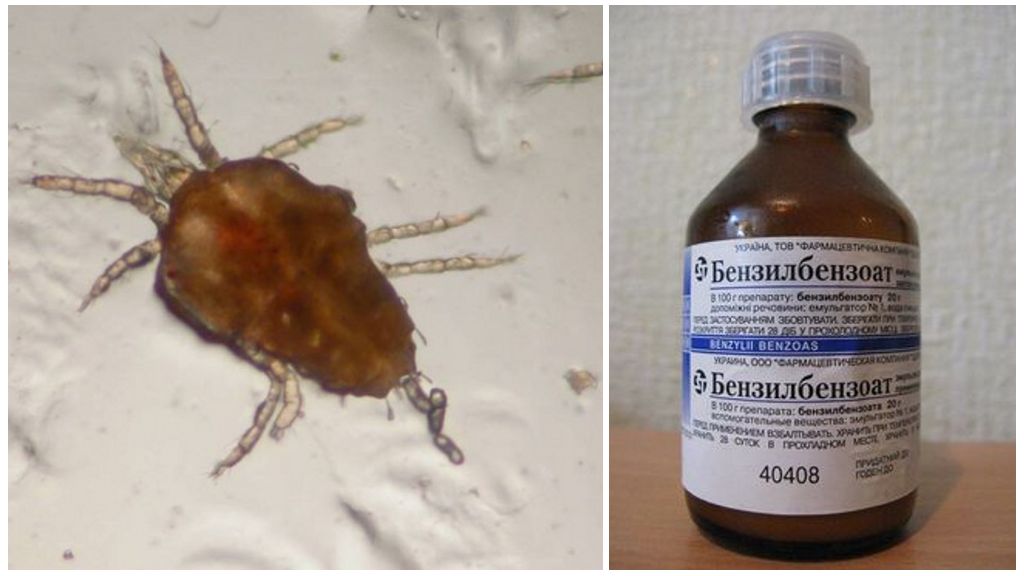
To remove gamasid ticks from the chicken coop, you must:
- clean the room;
- treat with an insecticaricidal agent;
- after 2 hours, ventilate, put a new litter;
- in parallel, hens are treated in the fresh air with special means - they bathe or spray;
- from folk remedies used for processing poultry wood ash.
In the future, maintain cleanliness in the chicken coop, monitor the condition of the chickens.
To prevent the spread of rat, mouse ticks, it is necessary:
- realize deratization with a large number of rodents;
- close up cracks in the walls, prevent animals from getting inside;
- lay out poison bait.
For tick baiting use insect acaricidal preparations with contact intestinal action. Effective remedies - Fufanon, Tetrix, Tsifoks, Cucaracha, Executioner, Get. Application requires strict adherence to the instructions. You can buy in a specialized store, ordering online.
On a note!
One of the variants of the distribution of gamasid ticks is cats, dogs. It is necessary to periodically inspect pets, treat them with special preparations for blood-sucking parasites, and wash bedding.
